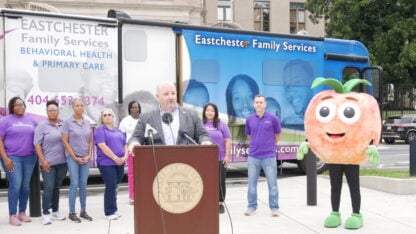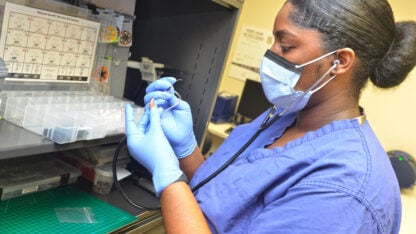Throughout history, ethnically diverse people with blood cancers and blood disorders have had less than a 50% chance of finding a fully matched donor where the patient and donor share eight of eight matching human leukocytic antigen (HLA) markers.
New advancements, driven by NMDP and its partners, have increased the potential of finding an optimal donor for all patients, especially those who have been underserved in the past.
“Now our research has found there’s no discernible difference in survival from blood cancers using an unrelated donor, with seven out of eight matching HLA markers, compared to an eight out of eight,” said Amy Ronneberg, CEO of NMDP.
NMDP was able to find a partial match donor for a patient named Amelia Johnson, and now, more than a year later, she is thriving with the help of a 22-year-old donor named Cassidy.
“You never know who or when it could happen to anyone, so if you have it in your heart to sign up, try to see it through because someone could really be depending on you and your help,” said Kevin Johnson, Amelia’s father.








